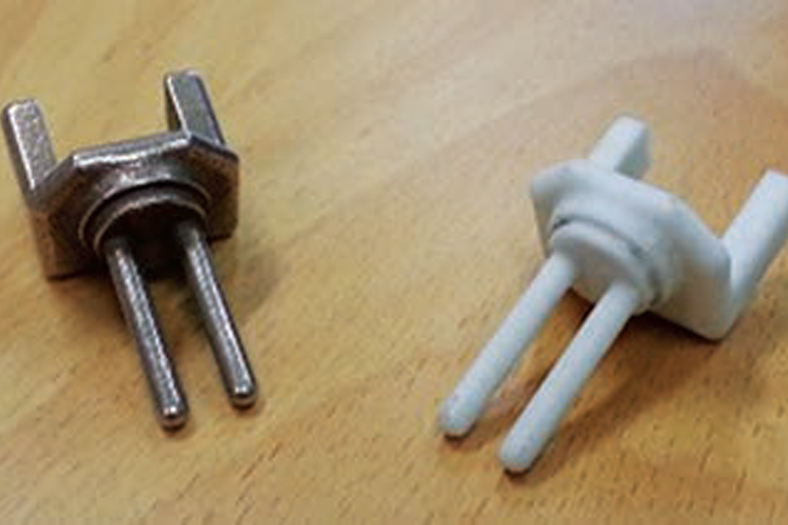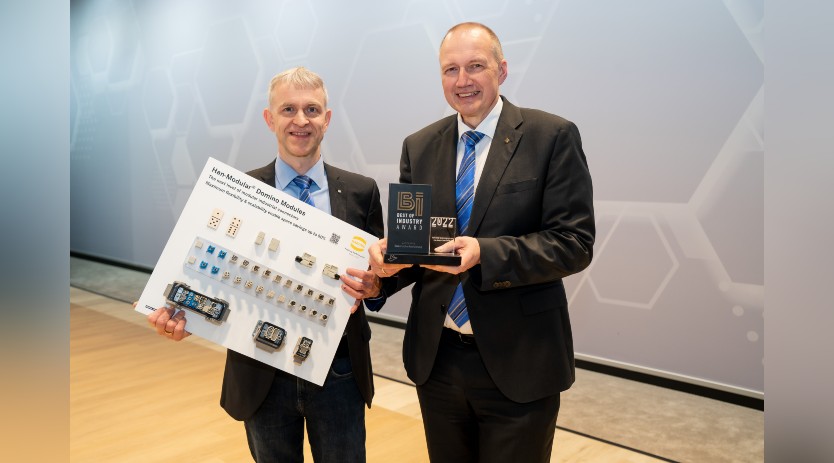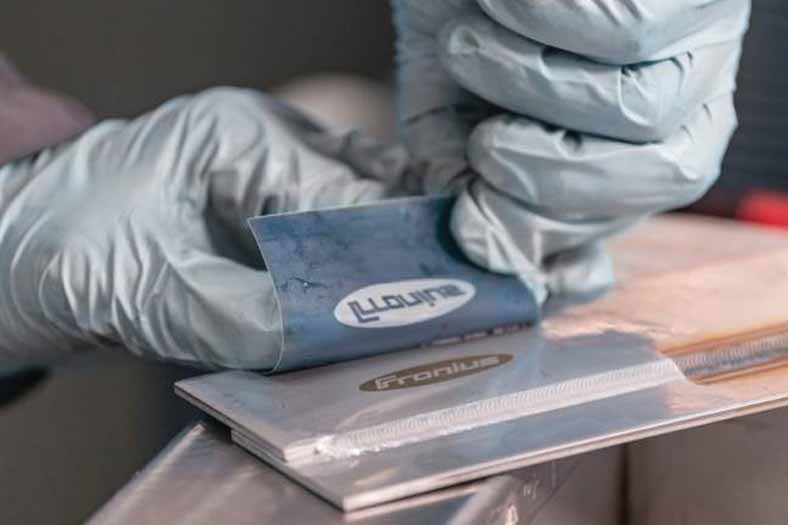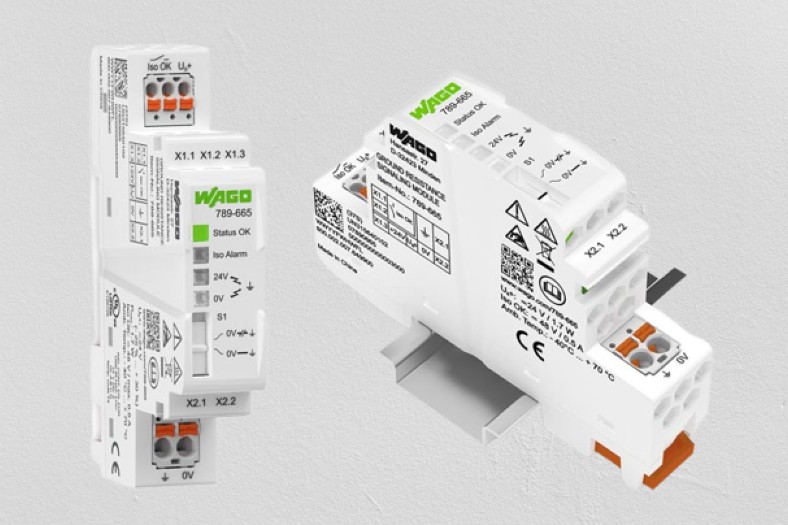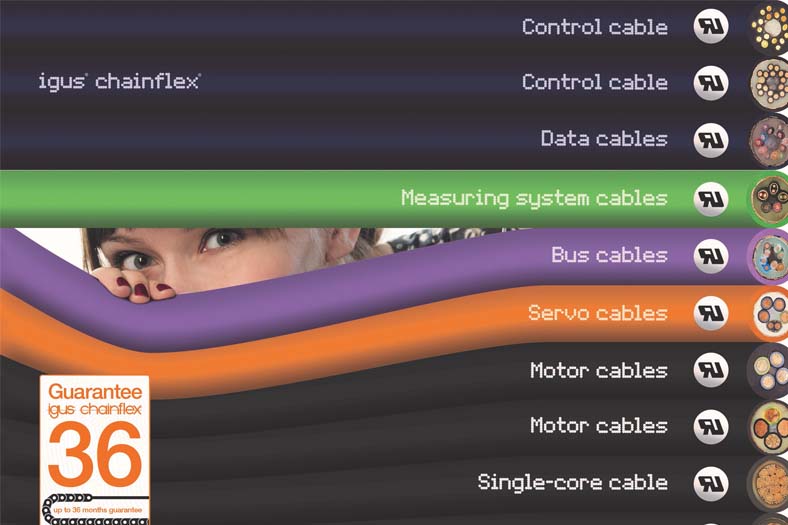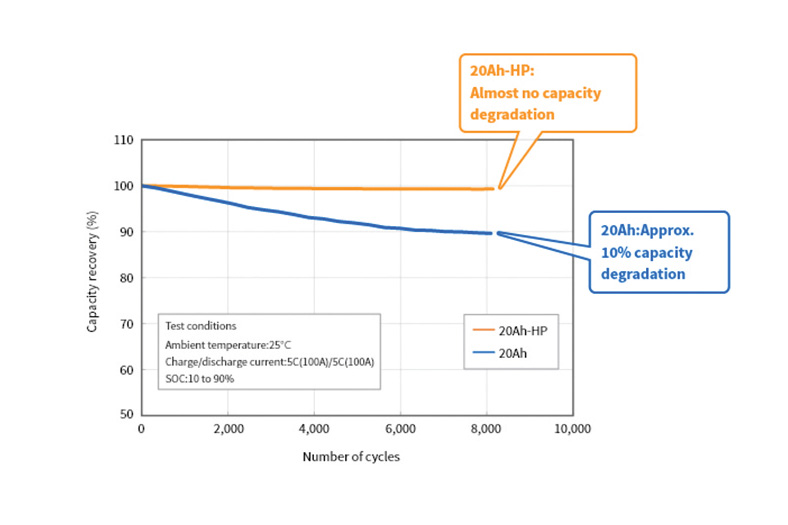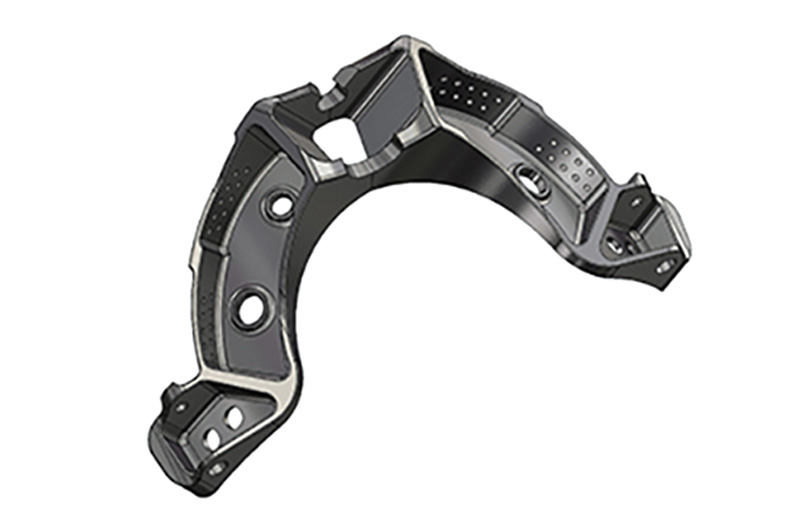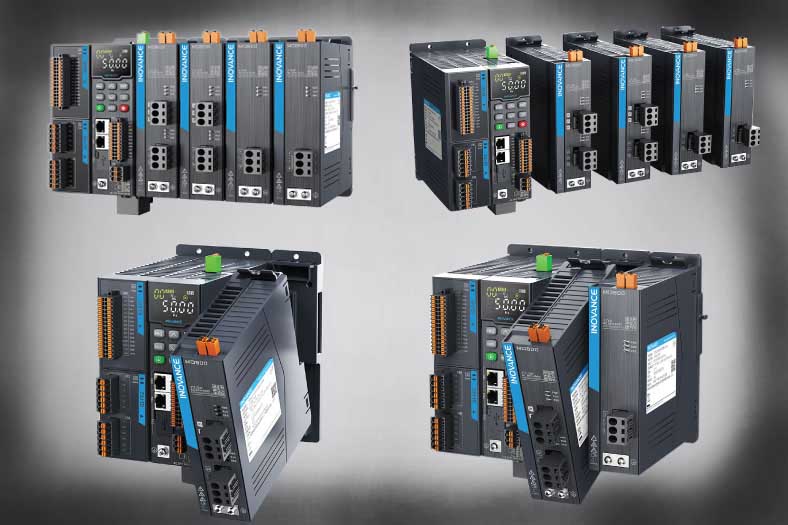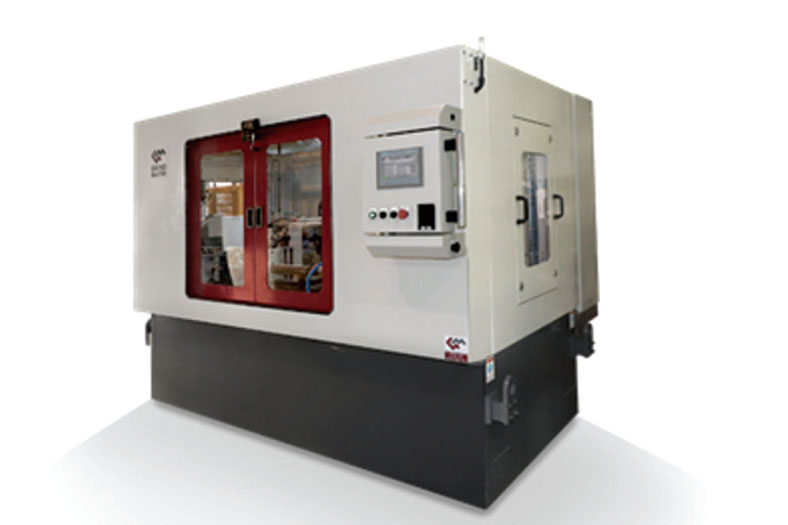Reverse engineering of components for repair and replacement parts
By OEM Update Editorial January 10, 2019 2:09 pm IST
Design and manufacturing is a process which requires day to day challenges of making parts and the utility/application of it. After a successful application of a component, comes a bigger challenge of maintaining the equipment. For maintenance, people have to work on a new stream of engineering which is MRR (maintenance, repair, and replacement). Reverse engineering is a stream where a pre-existing component can be re-realised by applying similar principles implemented in the initial designing phase. The application, the material, and the designing principles have to be worked upon. Reverse engineering serves a vital role in repair and replacement of components for which pre-existing data is not present but only a physical component is in an applied environment is there.
Reverse engineering can be classified into five major activities:
• Application
• Material
• Design generation
• Production
• Validation
Application and material used are very important aspects of reverse engineering as they are the building blocks for the design generation and production of components. Design generation can be done through 3D scanning activities, XRD or different tomography activities to realise the shape and dimensions of the component. This generally requires to generate the CAD data or sketch of the component.
E: marketing@objectify.co.in
W: www.objectify .co.in
Cookie Consent
We use cookies to personalize your experience. By continuing to visit this website you agree to our Terms & Conditions, Privacy Policy and Cookie Policy.



